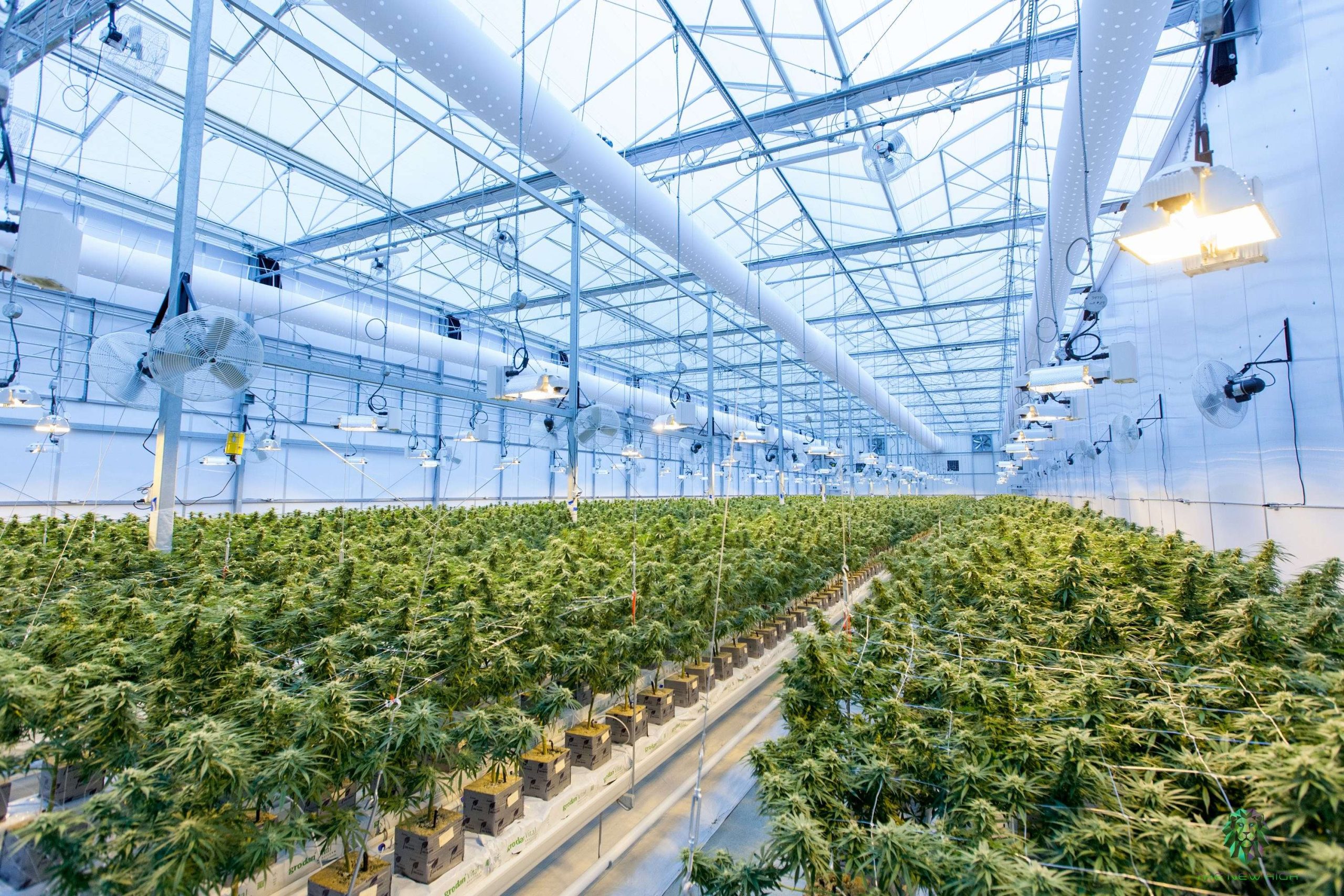Indoor cannabis cultivation in the United States has emerged as a notable source of carbon emissions, currently accounting for approximately 1% of the nation’s electricity consumption. The sector produces greenhouse gas emissions equivalent to about 10 million cars each year, surpassing emissions from Bitcoin mining and the cultivation of all other crops combined.
The intensive energy use arises primarily from artificial lighting and climate-control systems necessary for indoor growth. Although experts suggest moving cannabis cultivation outdoors could reduce emissions by up to 75%, factors like unpredictable weather, concerns about product potency, and restrictive zoning regulations make widespread outdoor farming challenging.
In response, some indoor growers are adopting energy-efficient technologies, such as LED lighting and renewable energy credits. However, these measures typically offer only modest emission reductions.
As cannabis legalization expands, the reliance on indoor cultivation facilities—often large warehouses—is anticipated to increase, further intensifying the industry’s energy demand and carbon footprint.
Currently, there is minimal regulation or consumer awareness about cannabis production’s environmental impact.
This growing energy concern has broader implications, as similar indoor cultivation methods are being explored for other agricultural products. Without intervention, this trend may contribute significantly to global warming, prompting questions about sustainable agriculture practices moving forward.






